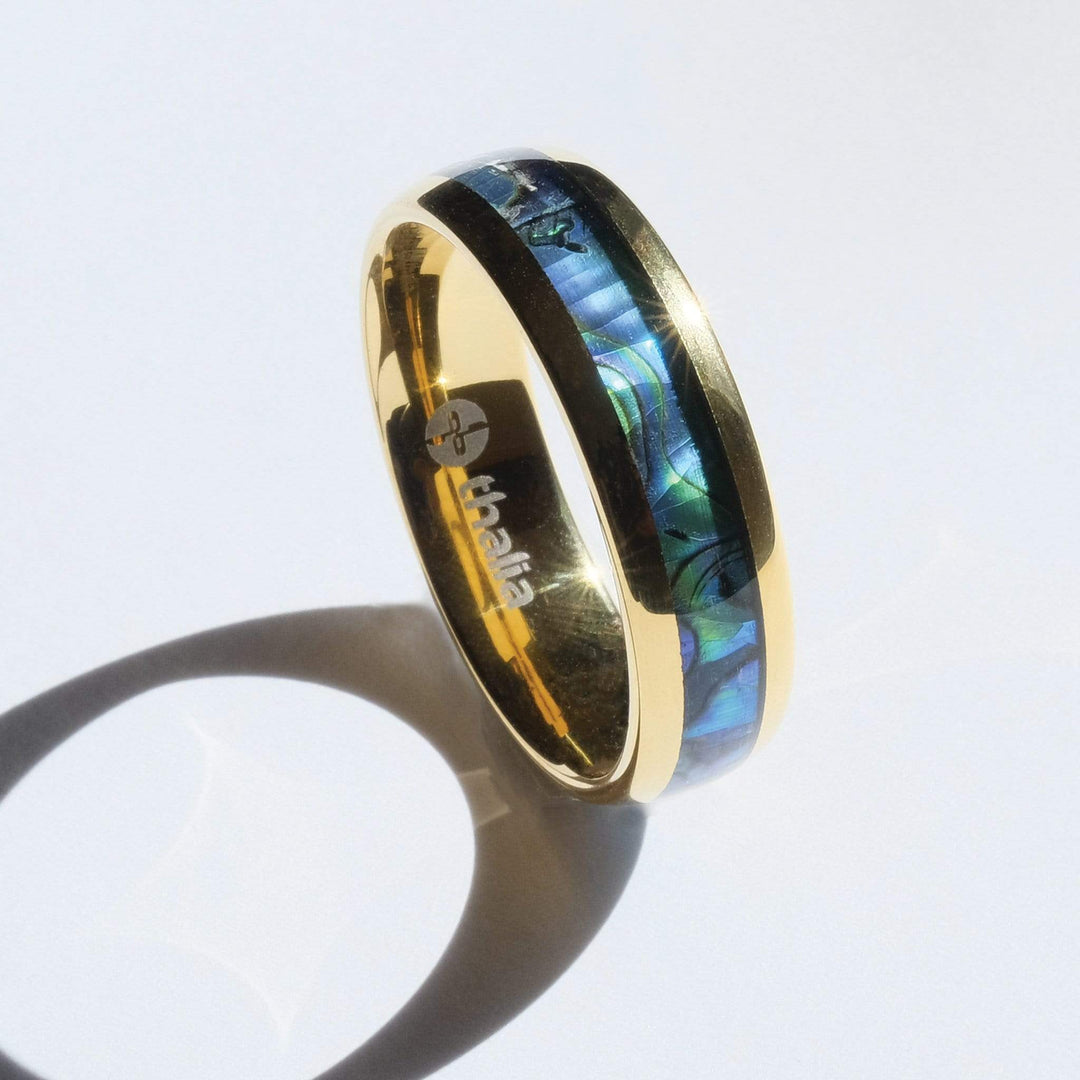T.A.M.I Show: The Concert Film You Need to Watch

Ask your average music fan what the greatest concert film of all time is, and they’ll probably give you one of a few answers. Woodstock, The Last Waltz and Monterey Pop are all noteworthy examples that usually get a mention.
Now, I’m not going to cast aspersions on those films. They’re all fantastic, and, given the amount of times I’ve watched them, I’d be a hypocrite for doing so. What I will say, though, is that T.A.M.I Show is a “greatest concert film” contender that doesn’t get nearly enough attention.
I’ve been mulling over exactly why this is for a while now, and I think it’s got something to do with T.A.M.I Show’s age. Filmed in 1964, it predates the concert film boom kickstarted by Monterey Pop by about four years. Unlike Monterey and Woodstock, it was a concert staged to be filmed (by director Steve Binder and his crew from the Steve Allen Show), which perhaps winds up the “it must be a live concert captured in the raw” crowd.
And, it comes at a strange time in popular music when there wasn’t really the distinction between rock and pop that we have today; when acts like Jan and Dean and the Rolling Stones could share the stage without a single eyebrow raised.
Never mind all of that, though, because T.A.M.I Show absolutely rips. You’ve only got to look at the line up to see that:
The Barbarians
The Beach Boys
Chuck Berry
James Brown and the Famous Flames
Marvin Gaye (with backing vocals by the Blossoms)
Gerry & the Pacemakers
Lesley Gore
Jan and Dean
Billy J. Kramer and the Dakotas
Smokey Robinson and the Miracles
The Rolling Stones
The names speak for themselves, and needless to say, T.A.M.I features some of the most electrifying live performances ever committed to film.
You’ve got the young and hungry Stones out to prove their rock n’ roll mettle to the U.S. crowd, Marvin Gaye, Smokey Robinson and the Supremes giving it their all just as Motown was setting the charts ablaze for the first time.
And then there’s James Brown. Those dance moves, that explosive, incendiary energy, the Famous Flames absolutely on it, never missing a beat…
Keith Richards once said that the Stones agreeing to go on after James Brown at T.A.M.I was the biggest mistake of their careers. And as good as the Stones performance captured on film was, you can see why.
It’s the definitive visual document of James Brown on stage and must-watch for anyone remotely interested in the art of live performance.
Fortunately, if you do want to watch T.A.M.I Show, the whole thing is available on YouTube. If you’re craving live music, you can do a lot worse than putting this one on, pouring yourself a cold one and turning the amplifier up.
Yes; Woodstock and Monterey are stone cold classics, But T.A.M.I was the O.G. And, as they saying goes, there ain’t no school like the old school.





















